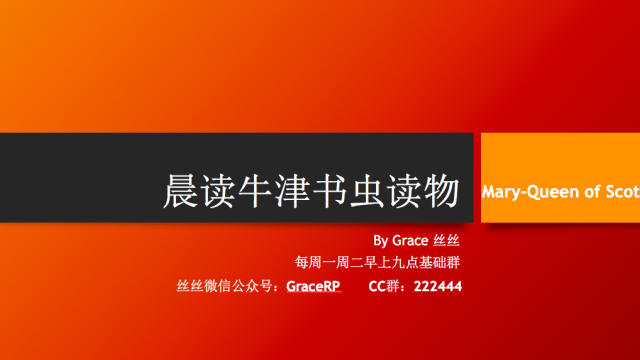科學(xué)家傻眼了,這種印度食材居然能治療癌癥
作者:David Nield
來(lái)源:Science Alert
2018-07-07 00:45
Scientists have come up with a potential new way to treat neuroblastoma, the most common kind of cancer in infants, by targeting it with nanoparticles loaded up with an ingredient of the spice turmeric.
科學(xué)家最近研究出了可以治療成神經(jīng)細(xì)胞瘤(嬰幼兒時(shí)期多發(fā)的一種癌癥)的一種潛在新方法,利用攜帶姜黃的納米顆粒來(lái)消除目標(biāo)瘤。
Turmeric is more often used to add flavour to curries, but the curcumin chemical it contains has shown promising progress in tests in destroying neuroblastoma tumour cells resistant to other drugs.
姜黃通常被加進(jìn)咖喱添加風(fēng)味,但它所含的姜黃色素在消滅對(duì)許多藥物顯示出抗性的成神經(jīng)細(xì)胞瘤細(xì)胞的試驗(yàn)中表現(xiàn)出了可喜的成績(jī)。
If scientists can work out how to adapt this into a full and safe treatment, it would have the benefit of being less toxic and unpleasant for patients than traditional alternatives like chemotherapy – which is especially important when you're dealing with young kids.
如果科學(xué)家能研究出如何將此應(yīng)用于全面安全的治療,那么許多面臨傳統(tǒng)治療如化療風(fēng)險(xiǎn)痛的病人將能享受到副作用更小的治療方法——當(dāng)病人是兒童時(shí)更顯重要。
"High-risk neuroblastoma can be resistant to traditional therapy, and survival can be poor," says lead researcher Tamarah J. Westmoreland, from the University of Central Florida.
“高風(fēng)險(xiǎn)成神經(jīng)細(xì)胞瘤對(duì)傳統(tǒng)治療方法會(huì)表現(xiàn)出抗性,病人存活幾率也很低”,來(lái)自中弗羅里達(dá)大學(xué)的主要研究員,塔瑪拉J·西莫蘭德說(shuō)道。
Using curcumin to fight cancer isn't a new idea, but it's difficult to get the chemical into drugs because of its low solubility and poor stability. Nanoparticles could fix that.
利用姜黃色素來(lái)抗癌并不是什么新想法,但由于它溶解度和穩(wěn)定性都很低,因此制成藥物十分困難。納米顆粒倒是可以解決這個(gè)難題。
Even better, the nanoparticles were more effective against the type of cells usually most resistant to conventional drugs.
更值得慶幸的是,納米顆粒在對(duì)抗那些對(duì)傳統(tǒng)藥物顯示出抗性的細(xì)胞尤為有效。
As neuroblastoma is usually very difficult to treat, that's a promising start for these spicy nanoparticles. Not only is it largely resistant to anti-cancer drugs, it's also known to cause health problems after successful treatment, including hearing loss and other disabilities. It also often returns after treatment.
成神經(jīng)細(xì)胞瘤很難治療,對(duì)這些辣味納米顆粒來(lái)說(shuō),目前進(jìn)展初期還是有很大希望的。因?yàn)槌缮窠?jīng)細(xì)胞瘤不僅對(duì)大多數(shù)抗癌藥物都有抗性,而且治療成功后仍舊會(huì)造成健康問(wèn)題,包括聽(tīng)力受損和其它殘疾癥狀,而且可能會(huì)復(fù)發(fā)。
If we can develop an effective nanoparticle approach to fighting neuroblastoma, it would be yet more evidence of the potential of treating disease at the smallest possible scales: nanoparticles have previously been shown to help kickstart the human immune system to help fight cancer, for example.
如果我們能研究出有效的通過(guò)納米顆粒的方法對(duì)抗成神經(jīng)細(xì)胞瘤,那么對(duì)小范圍治療疾病的可能性也提供了更多證據(jù):比如,之前的一些研究已經(jīng)顯示納米顆粒能幫助恢復(fù)人的免疫系統(tǒng)來(lái)對(duì)抗癌癥。
"We are hopeful that in the future, nanoparticles can be utilised to personalise care to patients and reduce the late effects of therapy," says Westmoreland.
“在未來(lái),我們希望能利用納米顆粒為病人定制化服務(wù),減少治療的后遺癥?!蔽髂m德說(shuō)道。
?
(翻譯:Cas.)
- 相關(guān)熱點(diǎn):
- 英語(yǔ)翻譯
- 美食英語(yǔ)
- 人生勵(lì)志
- 英語(yǔ)雙語(yǔ)閱讀
- 了不起的蓋茨比











